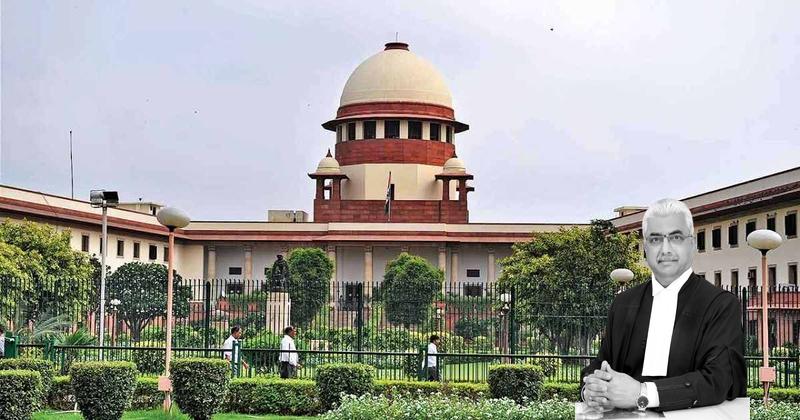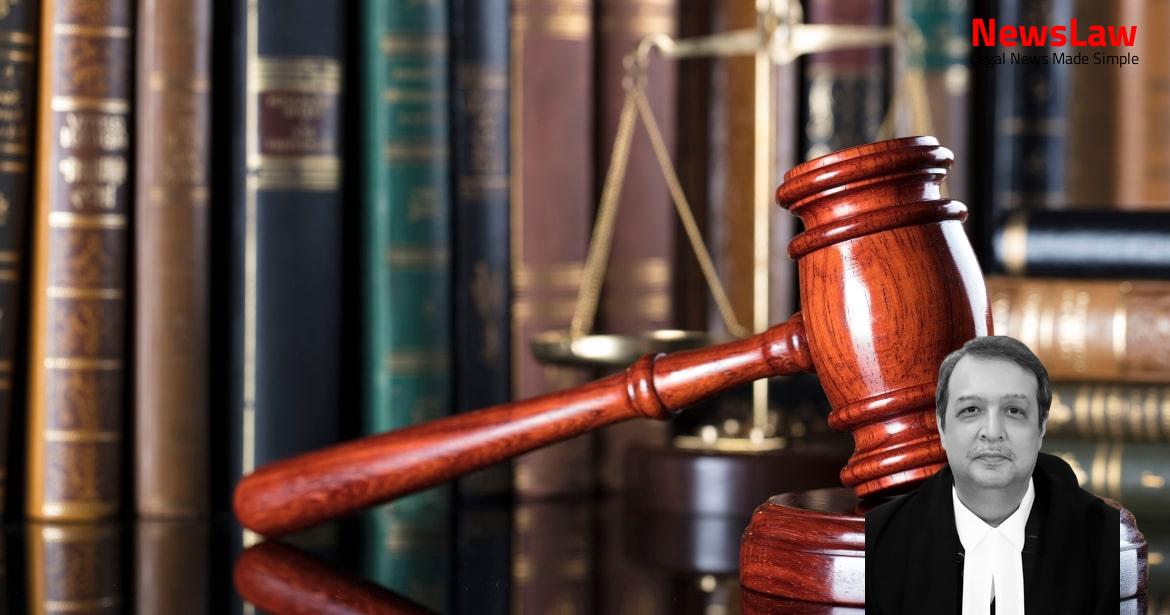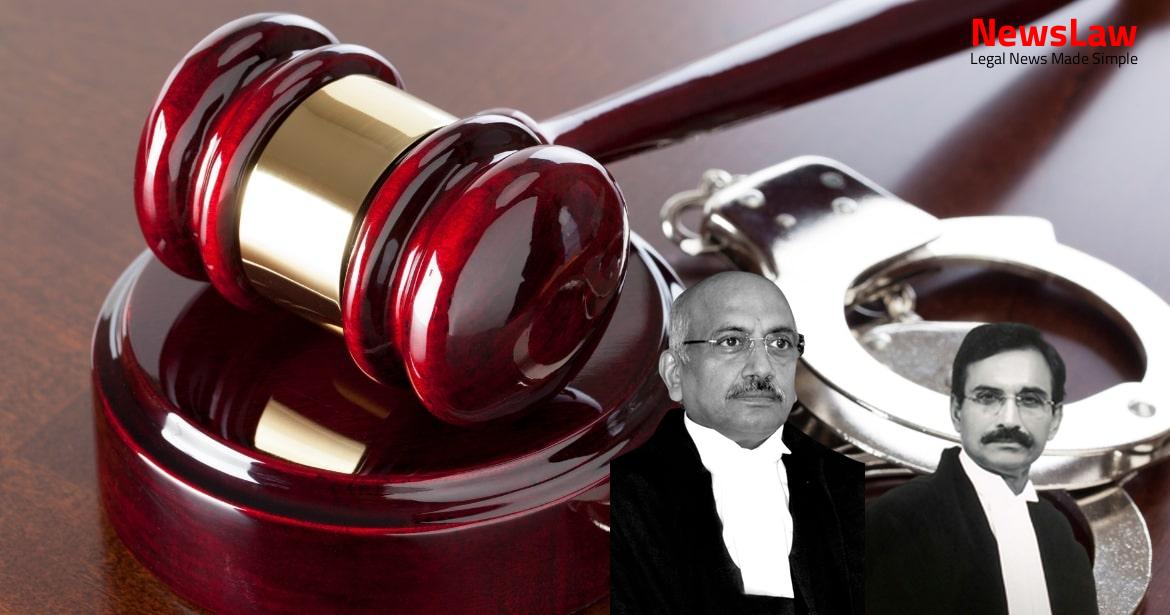Abdul Hameed complained to the police that his younger daughter (hereafter “M” or “the victim”), aged 17 years (running 18 years), had stomach-ache when he went out on work on 13.01.2015.
Also Read: https://newslaw.in/supreme-court/legal-analysis-of-claim-for-loss-of-profit-in-delayed-contract/
It was also alleged that on 15.01.2015, the accused took M in an Omni van to Madurai, where the appellant stayed with her in his uncle’s house between 15:01.2015 and 25.01.2015, at Seelanayakanpatti and that during this 3 time too, the appellant repeatedly had sexual intercourse with the victim.
PW-16 recorded the victim’s statement under Section 161 of the Criminal Procedure Code (hereafter “Cr. The key witnesses relied upon by the prosecution were PW-3 (the victim, i.e., M); PW-4, her sister; PW-5, who turned hostile; PWs 6, 7 and 8, who deposed in relation to a motorcycle said to have been borrowed by the appellant’s father. The accused A3, A4, A6 to A9 were convicted under Section 10 of the Prohibition of Child Marriage Act, 2006; the second accused (A2) was acquitted of all charges and the appellant’s conviction under the POCSO Act was confirmed but his sentence of life imprisonment with rigorous imprisonment was reduced to 10 years of rigorous imprisonment; he was also convicted under Section 10 of the 5 Prohibition of Child Marriage Act, 2006. Learned counsel submitted that when the Magistrate recorded the statement, M was clearly not under the influence of the appellant; in fact, Magistrate recorded his opinion in this regard as well.
Learned counsel highlighted that in the present case, the ossification test indicated that M’s age was between 18 and 20, proving that she was not a minor. He submitted that the findings of the courts below with respect to the age of the victim were supported or corroborated only by the testimony of DW-2, the Head Mistress of the school where M had studied. (3) No order made by the Special Court shall be deemed to be invalid merely by any subsequent proof that the age of a person as determined by it under sub-section (2) was not the correct age of that person.” In view of Section 34 (1) of the POCSO Act, Section 94 of the JJ Act, 2015 becomes relevant, and applicable.
(2) In case, the Committee or the Board has reasonable grounds for doubt regarding whether the person brought before it is a child or not, the Committee or the Board, as the case may be, shall undertake the process of age determination, by seeking evidence by obtaining – (i) the date of birth certificate from the school, or the matriculation or equivalent certificate from the concerned examination Board, if available; and in the absence thereof; (ii) the birth certificate given by a corporation or a municipal authority or a panchayat; (iii) and only in the absence of (i) and (ii) above, age shall be determined by an ossification test or any other latest medical age determination test conducted on the orders of the Committee or the Board: Provided such age determination test conducted on the order of the Committee or the Board shall be completed within fifteen days from the date of such order. (3) The age recorded by the Committee or the Board to be the age of person so brought before it shall, for the purpose of this Act, be deemed to be the true age of that person.” 13.
Section 94 (2)(iii) of the JJ Act clearly indicates that the date of birth certificate from the school or matriculation or equivalent certificate by the concerned examination board has to be firstly preferred in the absence of which the birth certificate issued by the Corporation or Municipal Authority or Panchayat and it is only thereafter in the absence of these such documents the age is to be determined through “ an ossification test ” or “ any other latest medical age determination test ” conducted on the orders of the concerned authority, i.e. Rule 12 of the JJ Rules, 2007 deals with the procedure to be followed in determination of age.
It was also provided that while determination was being made, benefit could be given to the child or juvenile by considering the age on lower side within the margin of one year.” Speaking about provisions of the Juvenile Justice Act, especially the various options in Section 94 (2) of the JJ Act, this court held in Sanjeev Kumar Gupta vs The State of Uttar Pradesh & Ors Under Rule 12(3)(a)(i) the matriculation or equivalent certificate was given precedence and it was only in the event of the certificate not being available that the date of birth certificate from the school first attended, could be obtained. Reverting to the facts of this case, the headmaster of M’s School, CW- 1, was summoned by the court and produced a Transfer Certificate (Ex.C-1).
Thenmozhi, Chief Civil Doctor and Radiologist at the General Hospital at Vellore, produced the X-ray reports and deposed that in terms of the examination of M, a certificate was issued stating “that the age of the said girl would be more than 18 years and less than 20 years”.
As held earlier, the documents produced, i.e., a transfer certificate and extracts of the admission register, are not what Section 94 (2) (i) mandates; nor are they in accord with Section 94 (2) (ii) because DW-1 clearly deposed that there were no records relating to the birth of the victim, M. That term is defined by Section 7, which reads as follows: 14 “Whoever, with sexual intent touches the vagina, penis, anus or breast of the child or makes the child touch the vagina, penis, anus or breast of such person or any other person, or does any other act with sexual intent which involves physical contact without penetration is said to commit sexual assault.” The offence under Section 6, at the relevant time, was defined as follows: “Whoever, commits aggravated penetrative sexual assault, shall be punished with rigorous imprisonment for a term which shall not be less than ten years but which may extend to imprisonment for life and shall also be liable to fine.” – (a) (l)whoever commits penetrative sexual assault on the child more than once or repeatedly; or” Section 4, at the relevant time, read as follows: 15 “(1) Whoever commits penetrative sexual assault shall be punished with imprisonment of either description for a term which shall not be less than seven years but which may extend to imprisonment for life, and shall also be liable to fine.”
PC, the victim M had deposed that she was in love with the appellant, had consumed poison, and had even been hospitalized because she was adamant to live with the appellant. Kavitha) indicated that the victim had a ruptured hymen; there was no external injury at her private parts, and that according to her “48 hours before medical examination there was no evidence to show that she had sexual assault is the opinion given by me.” This witness also produced her Notes of examination (Ex.
To entirely discard that statement, the trial court observed that: “In this case, on the orders of the Inspector of P.W.-16 had produced the girl M before the Judicial Magistrate Court, Erode and she has given a statement voluntarily u/s.164 Cr.PC. It is correct if it is stated that, (M), in her statement, had told me that, I and my neighbour who was in the nearby house, by name Yuvaprakash are in love for the past 1 1/2 years, we used to talk to each other frequently over phone, my grand-mother on seeing me speaking over the phone had told my father about it, I took pesticide for ants and attempted to commit suicide….” The prosecution did not even cross examine this witness.
Case Title: P. YUVAPRAKASH Vs. STATE REP. BY INSPECTOR OF POLICE (2023 INSC 676)
Case Number: Crl.A. No.-001898-001898 / 2023



